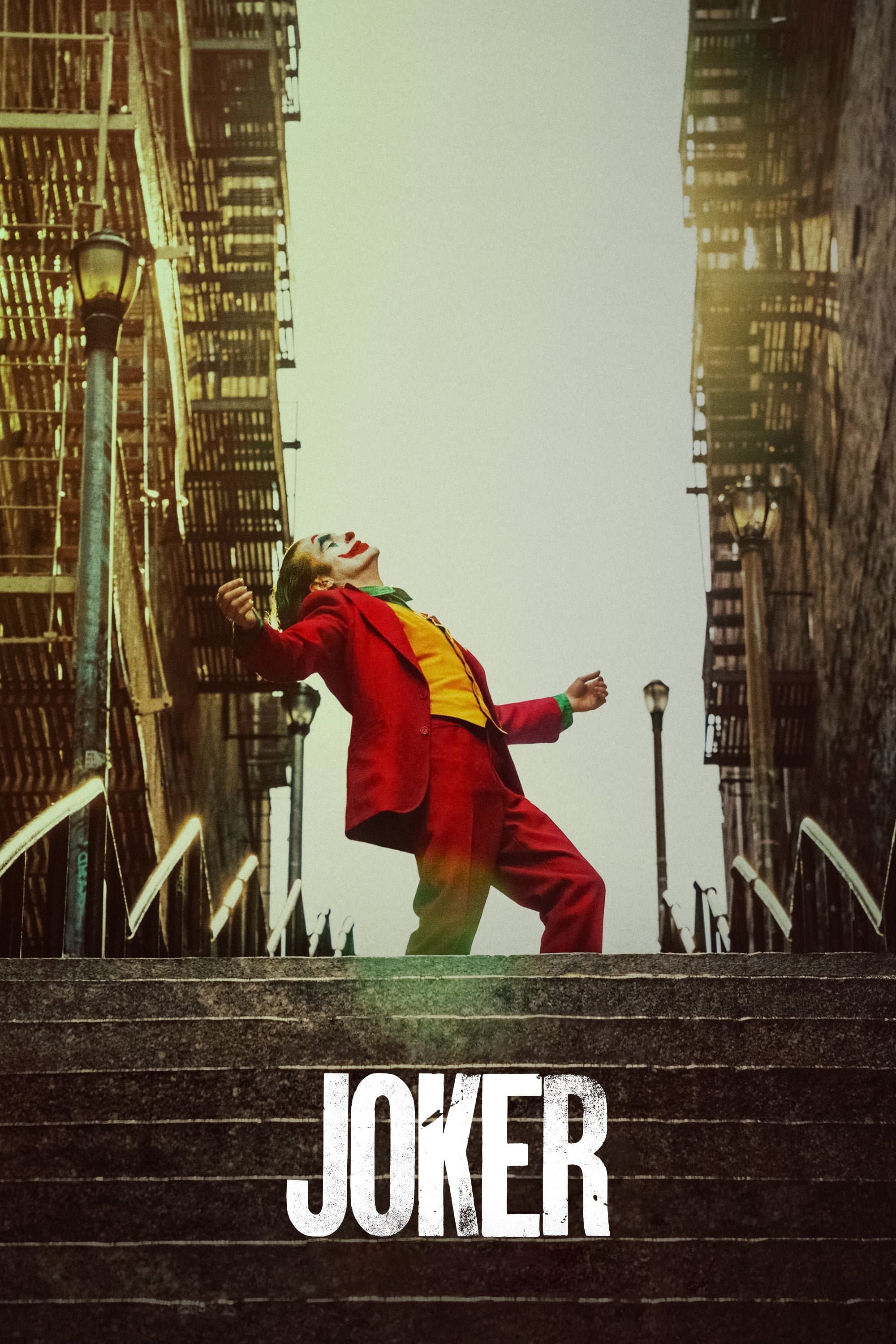
Stella
Apr 04 1955
•2h 40m
•Romance, Drama
The story of a young, wild woman who doesn't want to compromise and settle down. Stella is a restless, rebellious Greek woman who plays with men and enjoys her life as much as she can. But when she meets a young footballer, things get mixed up. She loves him but she loves her freedom too. So it's about time she made an important choice.
Cast
See all
Melina Mercouri
Stella

George Foundas
Miltos

Alekos Alexandrakis
Alekos

Christina Kalogerikou
Miltos' mother
Recommendations
See all
The Pink Cat
Panos and Archimidis are colleagues and co-tenants. Panos is a modern young man, whereas Archimidis is more conservative. Panos tries to make Archimidis live his life more passionately. Archimidis then develops a dual personality. In the morning, he is a restrained teacher, and at night he is a reveller and a skirt-chaser. When his sister is kidnapped, Archimidis enters a hospital to overcome his problem.

Laterna, Poverty and Carnation
Pavlaras and Petrakis have spent the money that Kaiti's father gave them two years ago and continue to travel around Athens with their lantern. However, Pavlaras is not well and needs to rest, as recommended by his doctor. Petrakis collects money from their friends, but it is not enough to cover their expenses. He is then forced to secretly sell the lantern without Pavlaras' knowledge.

Conclave
After the unexpected death of the Pope, Cardinal Lawrence is tasked with managing the covert and ancient ritual of electing a new one. Sequestered in the Vatican with the Catholic Church’s most powerful leaders until the process is complete, Lawrence finds himself at the center of a conspiracy that could lead to its downfall.

Joker
During the 1980s, a failed stand-up comedian is driven insane and turns to a life of crime and chaos in Gotham City while becoming an infamous psychopathic crime figure.